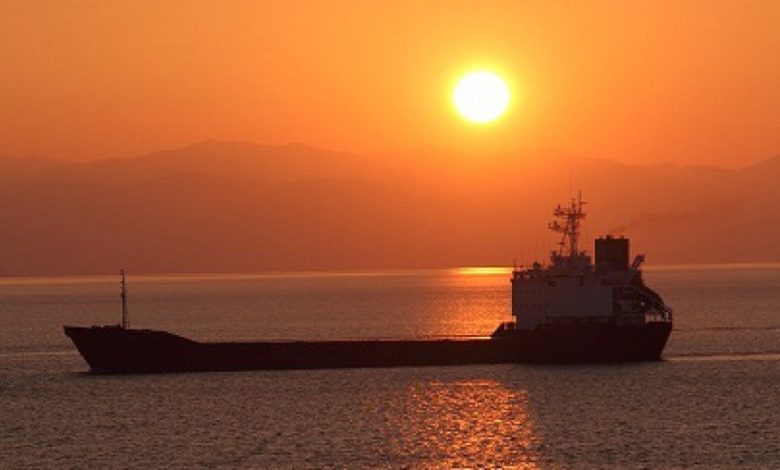Climate Bonds Initiative turns to shipping

The Climate Bonds Initiative, an investor-focused not-for-profit organisation founded nine years ago, has published a draft shipping criteria and opened the criteria for public consultation through till the end of June.
The shipping criteria provide a science-based assessment process on the low carbon and climate resilient credentials of ships to form part of the Climate Bonds Standard and provide a set of decision rules for determining when shipping projects and assets are compatible with a low carbon, climate resilient economy, and are eligible for certification under the Climate Bonds Standard.
Draft criteria highlights include no dedicated fossil fuel carrying vessels. Zero emissions ships are automatically eligible, along with infrastructure that is dedicated to refuelling or recharging these ships.
Ships that are not zero-emissions must comply with the declining emissions intensity threshold using AER or EEOI as a metric.
The declining emissions intensity starts at the median 2012 AER or EEOI for each size and class of ship and declines to zero by 2050. A ship must remain underneath this threshold throughout the life of the bond and provide evidence that it can technically remain under the threshold over its entire operating life.
Jack up rigs that are dedicated to installing renewable energy infrastructure are eligible, provided that they are also zero-emissions.
Once the criteria have received board approval, issuers of green bonds, loans and other debt instruments financing ships and shipping retrofit programmes will be able to seek Climate Bonds Certification.
